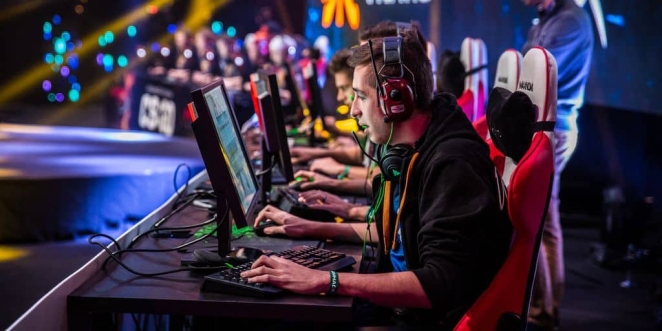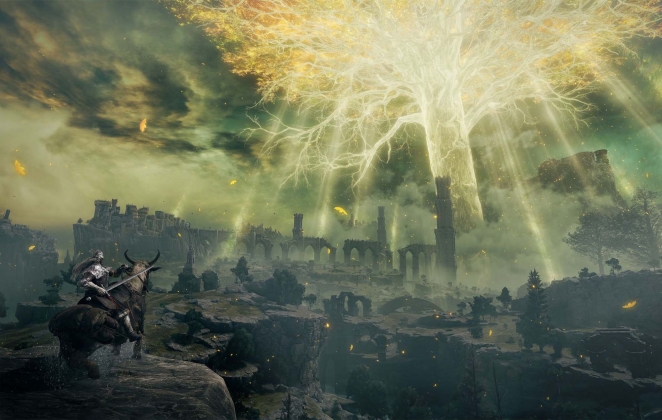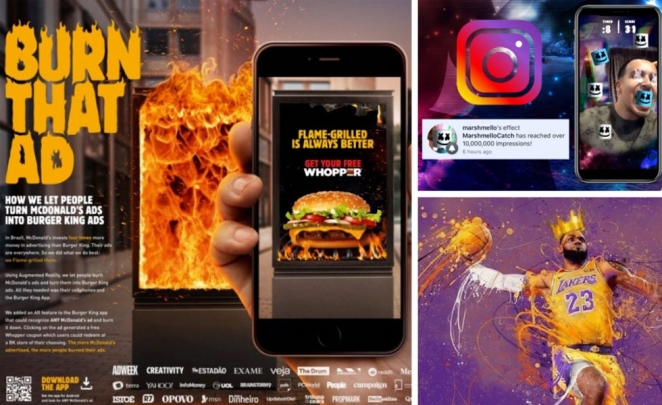By Matthew Parsons, Head of Gaming at Azerion
The incredible diversity of gaming audiences is finally being taken for granted. According to online gaming statistics, over a quarter (26%) of UK adults played some form of online game in 2022 – including 58% of 25-34 year olds, 47% of 35-44 year olds and a quarter of 55-64 year olds. In addition, as of March 2023, approximately 47% of gaming audiences in the UK were female.
As the landscape continues to grow, the range of genres and titles swells and the opportunity for brands continues to expand and with this, the audiences are changing in line with the evolution of the gaming industry. Similar to TV there’s something for everyone in gaming.
The passion is real

That said, all gamers have one thing in common: they are passionate and highly engaged in the games they play. By their nature, games are immersive, allowing players to take on new personas and escape into virtual worlds. This pull has doubtlessly become stronger as avatar technology has evolved from 2D to 3D, empowering gamers to personalise their experiences in a more sophisticated way; their online presence is an extension of their personal brand
The experience can make them feel a strong sense of belonging. Many gamers seek out like minded online communities, whether mid-contest on platforms such as Xbox Live, via social media groups and forums such as Steam Community, or in person, such as at Germany’s annual Gamescom, and London’s EGX. The appetite for a deeper connection is immense.
When reaching people in these environments, creativity isn’t necessarily what you can show them but what you can offer them whether that be experiences or ways to showcase their personalities or fashion tastes with virtual items they can wear or use
This sense of friendship can be powerful, a feeling that was exacerbated during the pandemic when digital entertainment became a lifeline for many, accelerating the adoption of gaming. This is borne out in the numbers: in 2022, the overall UK video game consumer market valuation was £7.05 billion – 17% more than that seen in the pre-pandemic time period.

Elden Ring - One of the biggest games of 2022
Gamers are also enthused by the storytelling inherent in games, and as the technology matures, games become more feature rich and narratives more compelling. Supported by innovative gameplay mechanics, graphics and music, gaming is an emotional experience that is becoming increasingly immersive.
The sense of competition or achievement is also compelling, accessing new levels of gameplay or overcoming in-game challenges – a player’s passion is fed by their personal investment in the game.
The opportunities for brands are vast
For brands, being able to target and reach a diverse audience that is highly engaged – and growing – offers a sizeable opportunity. This is particularly attractive at a time when TV viewing has become fragmented due to the explosion of content platforms, making it challenging for advertisers to reach their target audiences. Google’s imminent withdrawal of third-party cookies, coupled with recent restrictions on using mobile-device identifiers for ad targeting, has also prompted brands to reevaluate their approach to online advertising.
In-game advertising should play a key role in brands’ broader advertising strategy: from upper funnel brand awareness and attention tactics such as placing ads in casual games or broadening video strategies to a more diverse audience via Reward Video, to sponsoring esports or collaborating with influencers on longer term campaigns.

By tailoring ads to the target audience – based on a gamer’s location, game genre or the type of game they’re playing (casual or more immersive) – brands can enhance the playing experience rather than just ‘advertise to gamers’. This can increase engagement and foster (or boost) both brand awareness and loyalty. At the bottom of the funnel, conversion rates can also rise as players are absorbed in the environment in which the ad is being shown.
Again, in a landscape which is rapidly evolving – from VR and AR to AI gaming – more innovative ad formats are also emerging, giving brands more ways in which to engage gamers: from dynamic ads that respond in real-time, to games designed specifically around a brand’s products or services.
But planning is critical
The opportunities for advertisers are considerable, and often more complex than they need to be, but brands should also be aware of the risks of investing in the industry without a well-considered strategy. In the same way that successfully engaging impassioned gamers with a brand can reap sizeable rewards, getting it wrong can potentially damage a brand’s reputation. And companies might only get one chance.
The key to getting it right is respecting the user experience. Gamers are invested in a narrative and/or looking to be entertained: anything that disrupts or detracts from this will be unwelcome. Advertising should enhance the user experience and be sensitive to the context of the game: for example, incorporating branded items into the experience, such as clothing or accessories.
Ads need to be relevant and seamlessly integrated, not a clumsy attempt to gain attention at any cost. This means the quality of the ad must be guaranteed too, which relies on the technology being properly embedded into the game.

The first wave of AR ads
As with any media execution, understanding your audience first and foremost is key. Once you’ve done this work it’s then about reaching them, in this case, in the right gaming environment with a creative that adds value to that experience as well as showcasing the brand in the best possible way
Brands looking to leverage AR or VR in their ads must also be mindful of this, considering challenges such as the dimensions of each space and how the ad will be displayed, as well as removing any time lag. Even the most innovative and contextually relevant in-game ad can quickly alienate its audience if it is displayed with the wrong ad dimensions, or if it lacks realism.
With the global number of gamers forecast to increase by 401.8m between 2023 and 2027, it is little wonder that the current annual UK spend of £815m in the channel is predicted to rise to £1.84bn by 2026. The opportunity to gain traction, foster loyalty, lead innovation and, importantly, reap a healthy ROI is mouth-watering – it should be considered in every campaign plan as it’s not just gamers that can be reached, but all audiences.






